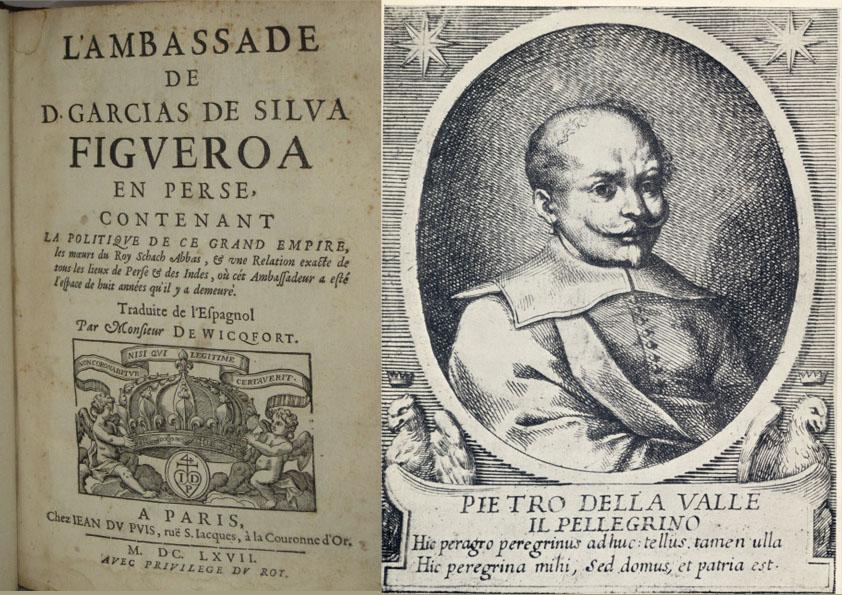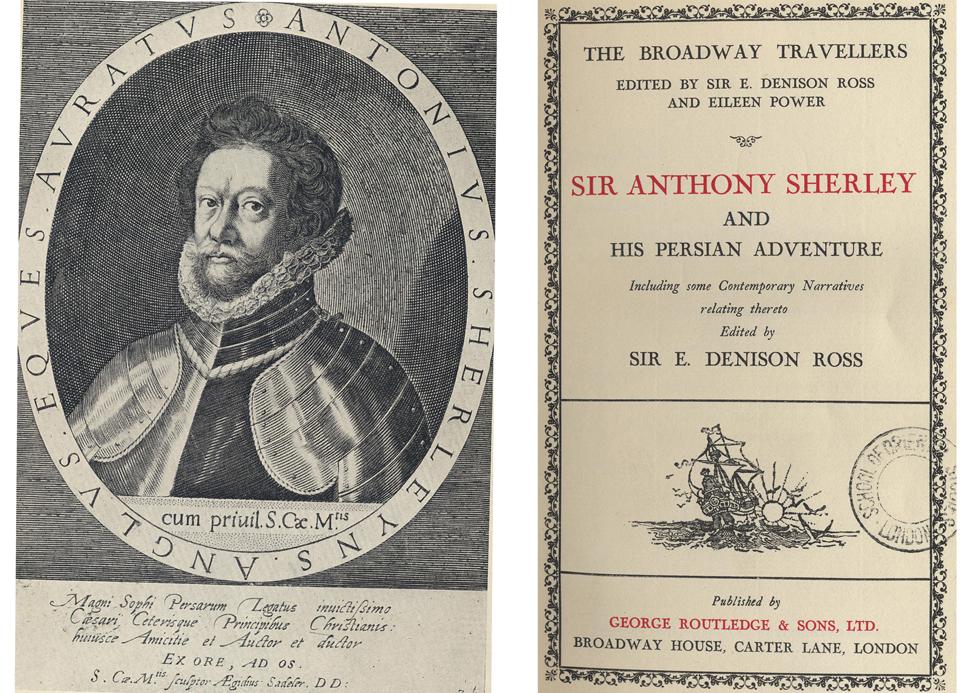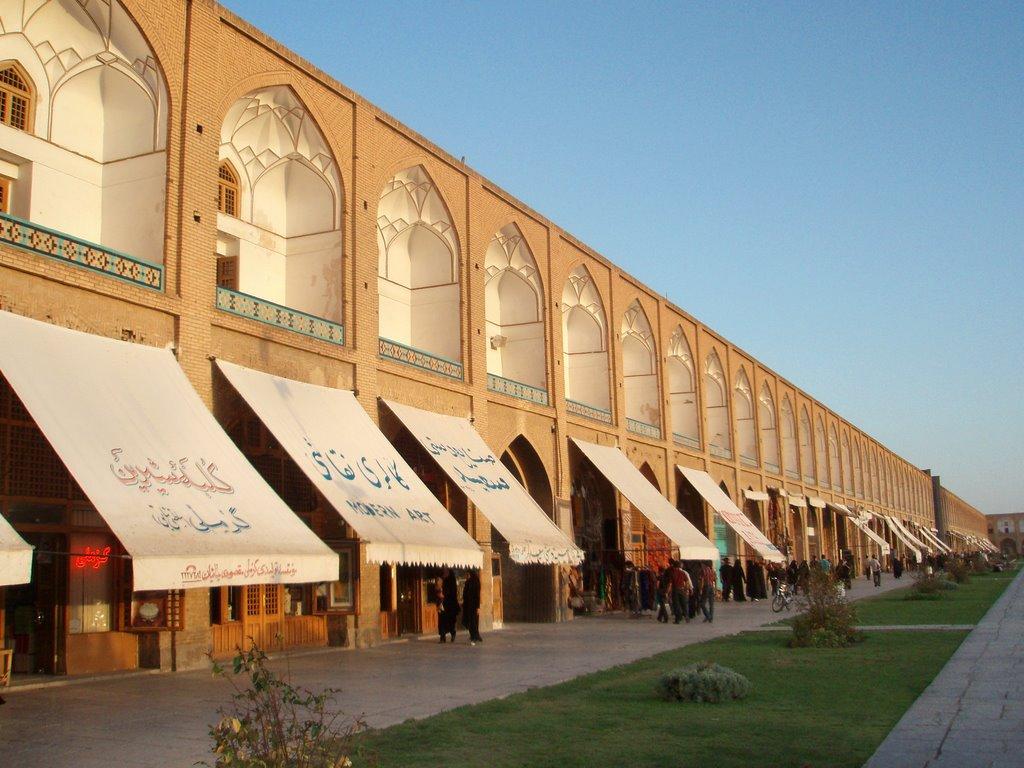Herbert on the scale of the maydan
In Herbert’s later editions the maydan seems to have grown, being described as: “a thousand paces from North to South, and from East to West above two hundred”[1]. Herbert was not the only traveller who struggled to measure the maydan. I had already myself noticed how wildly different all the measurements were, when I came …









